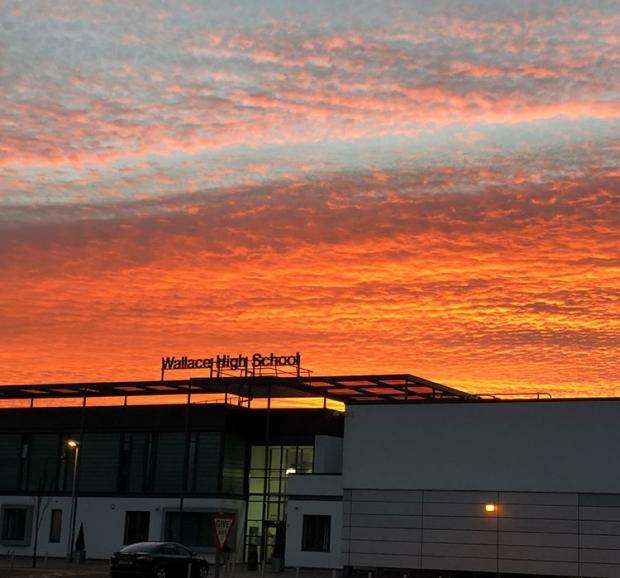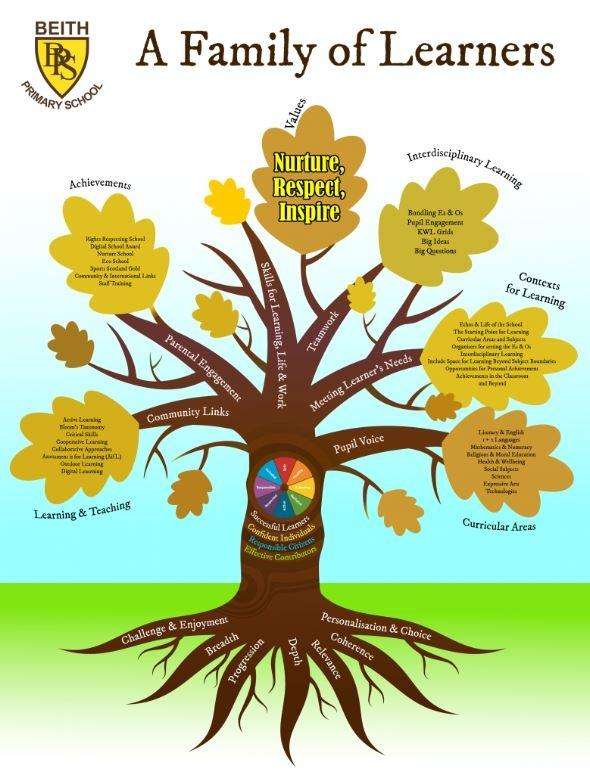Using data to understand context
At Wallace High School in Stirling, better understanding of their catchment area and the challenges faced by families has been key to planning learning and support.

“Back at the launch of the Scottish Attainment Challenge we started to get much better informed around the data,”
says Head Teacher Scott Pennock.
“We got that really pointed decile data and it was very clear where those really clear community challenges existed.”
Improved access to data has allowed staff at Wallace High to better understand their learners’ needs.
“We created a system whereby all staff had really easy access to the data sharing system for that clear data on the pupils in their class.”
This data is seen as equally important as other key information like learning needs and contributes to a fuller picture in pupil profiles. However, staff at Wallace High understand that no child should be stigmatised or singled out by this information and that all interventions should be discreet:
“It’s about those young people who’re not producing work, not because they don’t want to but because they’ve got challenges in their life that are barriers to being able to do that. It’s about using the greater intelligence for a positive intervention, not to define people or a negative way. I’m really conscious of that and I don’t want that. Everyone is an individual in their context.”
Building understanding of the local community
At Beith Primary School, North Ayrshire, “it’s a base level for all our staff, an understanding that not everyone’s in the same position.”
“It’s about intelligence isn’t it? It’s about what you know about families. We’ve got quite a few staff that live in the area, but also long standing support staff that live locally, so there’s lots of intelligence that they can and do share.”
reflects Head Teacher Fiona Dunlop.

During pandemic lockdowns staff at the school made important connections with families:
“Over the pandemic, the staff worked really hard in the community delivering things that families needed, making sure people had food and devices that their children could access home learning on, and checking in with pupils and their parents and carers. So they made a lot of connections with the local community and families at that point that we are trying to build on now.”
How does Beith Primary School plan to sustain and boost these connections?
“It’s about a culture, it’s about a way of working and showing mutual respect for one another and an understanding without judgement of where people are. And it’s not always easy because people come from different backgrounds and experiences.”
Fiona says that she:
“Works with staff on a very deep level one to one. We also do a lot of work on this in conversations and in collegiate times. I will give them scenarios, like ‘do you know what’s happened to that child before it’s come to school today?’ We make time to talk about how things like that may impact on how our learners and their ability to engage and we talk about the influences of society.”
Ongoing awareness raising
Margeret Johnstone is the Support Services Coordinator at Balwearie High School in Fife, and she believes that staff understanding is key to the schools approach:
“It's absolutely about communication. We speak at Principal Teacher meetings, and have delivered presentations at all staff meetings about Cost of the School Day, share with them our data regarding deciles 1 and 2, make them understand what that means, share the free school meal numbers with them and show how many young people we have who match that data. Explain the locality, show our catchment area maps with the levels of poverty in the local area. Now our teaching staff have really taken that information on board. I think that Covid changed that as well. We know that these kids are really struggling.”
Other ideas you might like
Read about school staff members making connections with families.